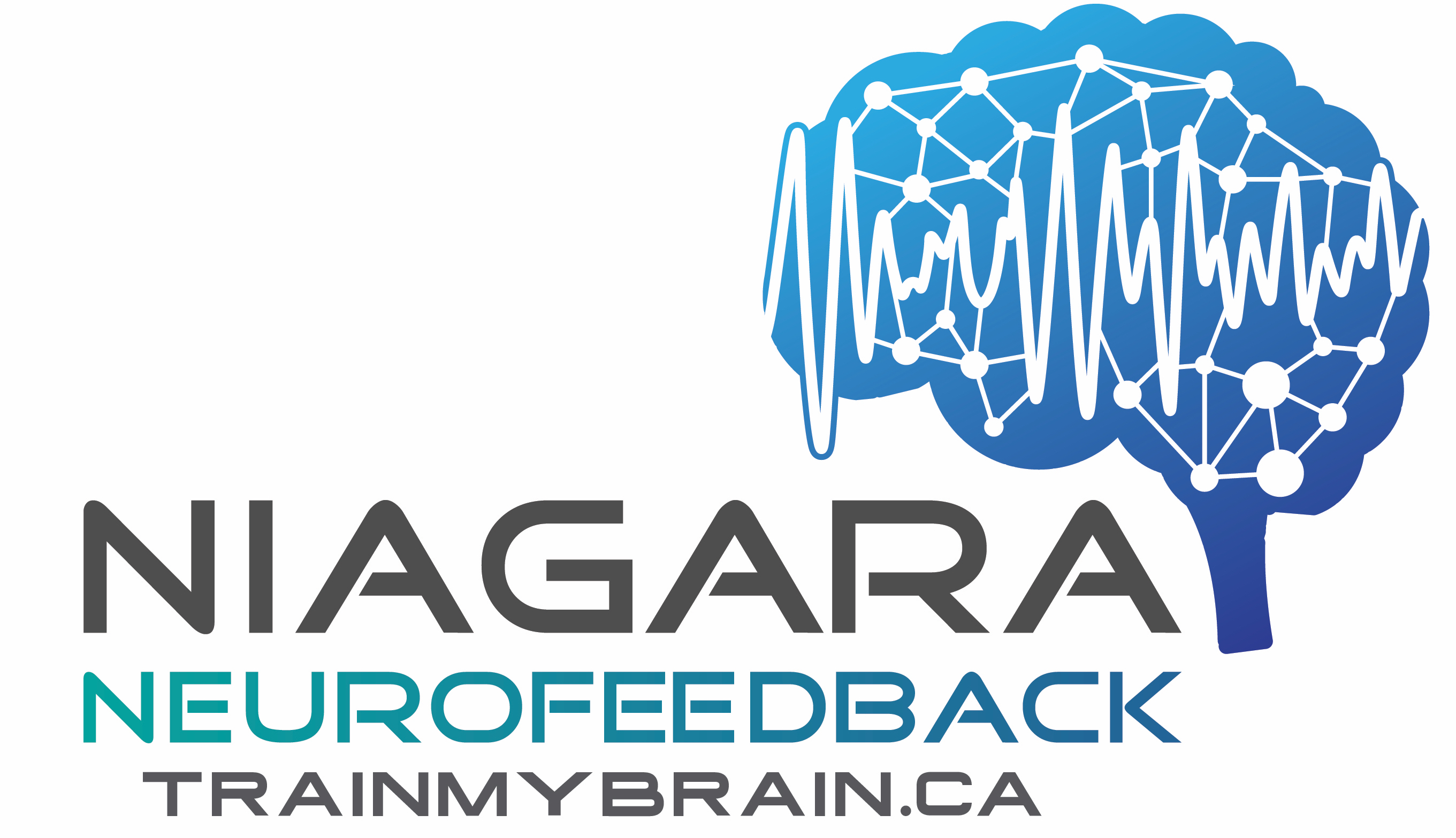is Biofeedback?
Biofeedback is a training process where you learn to control some of your body’s processes, such as breathing rate, heat rate, and skin temperature to name just a few. Sensors are placed on your body and the signals are fed through an amplifier to a computer which analyzes and displays the data. By watching the computer display, you are getting ‘feedback’ on your ‘bio-logy’ through which you learn to control different parts of your body!
Biofeedback is based on the well-known principles of operant conditioning and has been safely and effectively used for decades to improve your attention, increase your health by lowering your stress response, lower your muscle tension and decrease your pain, among many other conditions.
Biofeedback appeals to people for a variety of reasons:
• It's noninvasive. Sensors are only placed on top of your skin.
• It helps you to take charge of and improve your health – for example by learning to lower your stress level.
• It can help you improve your performance in different tasks or situations.
• It might reduce or eliminate the need for medications.
• It might be a treatment alternative for those who can't tolerate medications, when medications have not worked well, or for those who do not like the idea of needing to take medications.

